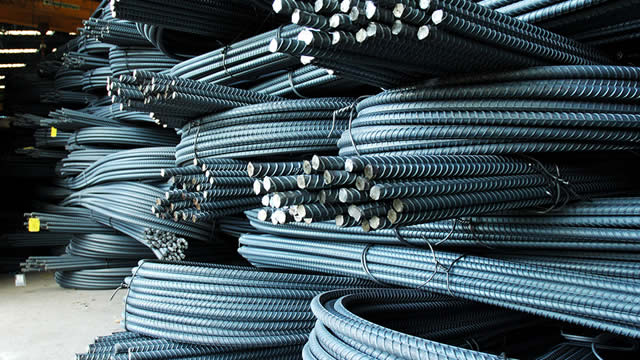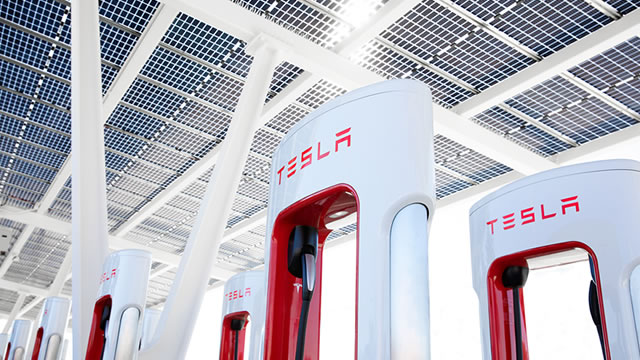The Dramatic Saga of U.S. Steel: Activists, Politics, and Global Economics
In the intricate web of international business, few stories have captured the public’s attention quite like the ongoing saga of U.S. Steel. The Pittsburgh-based steel producer has found itself at the center of a storm of controversy, with activist investors, the president, foreign leaders, unions, and tariffs all playing their roles in this wild tale.
Activist Investors
The story began when two activist investment firms, Starboard Value LP and Elliott Management Corp., took stakes in U.S. Steel, pushing for changes at the company. They criticized the steelmaker’s high debt levels and urged it to sell off non-core assets to improve profitability. In response, U.S. Steel announced a strategic review of its business, which could lead to asset sales.
President’s Intervention
Just as the activist investors were making their move, U.S. Steel found itself in the crosshairs of the White House. President Trump, who has been a vocal advocate for the American steel industry, announced tariffs on imported steel in March 2018. The move was intended to protect domestic steel producers from foreign competition. U.S. Steel, along with other American steelmakers, welcomed the tariffs, as they expected to benefit from increased demand and higher prices.
Foreign Leaders’ Reactions
However, the tariffs did not sit well with foreign leaders. The European Union, China, and other countries retaliated with their own tariffs on American goods, including steel. U.S. Steel, which exports a significant amount of its steel to Europe, was hit hard by these countermeasures. The company’s stock price dropped sharply, and its profits were negatively affected.
Unions and Labor
As U.S. Steel grappled with these challenges, it also faced pressure from labor unions. The United Steelworkers (USW) union, which represents thousands of U.S. Steel workers, called on the company to invest in its American plants instead of selling off assets. The union argued that such moves would hurt workers and undermine the president’s efforts to revitalize the steel industry.
Impact on Consumers and the World
The ongoing drama at U.S. Steel has far-reaching implications. For consumers, the tariffs have led to higher prices for steel and steel-related products, such as cars and appliances. For the world, the trade dispute between the U.S. and its trading partners could escalate into a full-blown trade war, with potentially damaging consequences for the global economy.
Conclusion
The story of U.S. Steel is a complex one, with many players and moving parts. Activist investors, the president, foreign leaders, unions, and tariffs have all played their roles in this wild tale. As the situation continues to unfold, it is clear that the stakes are high – for U.S. Steel, for American workers, and for the global economy. Only time will tell how this saga will end.
- Activist investors push for changes at U.S. Steel
- President Trump imposes tariffs on imported steel
- Foreign leaders retaliate with tariffs on American goods
- Labor unions call for investment in American plants
- Higher steel prices for consumers
- Potential for a global trade war





